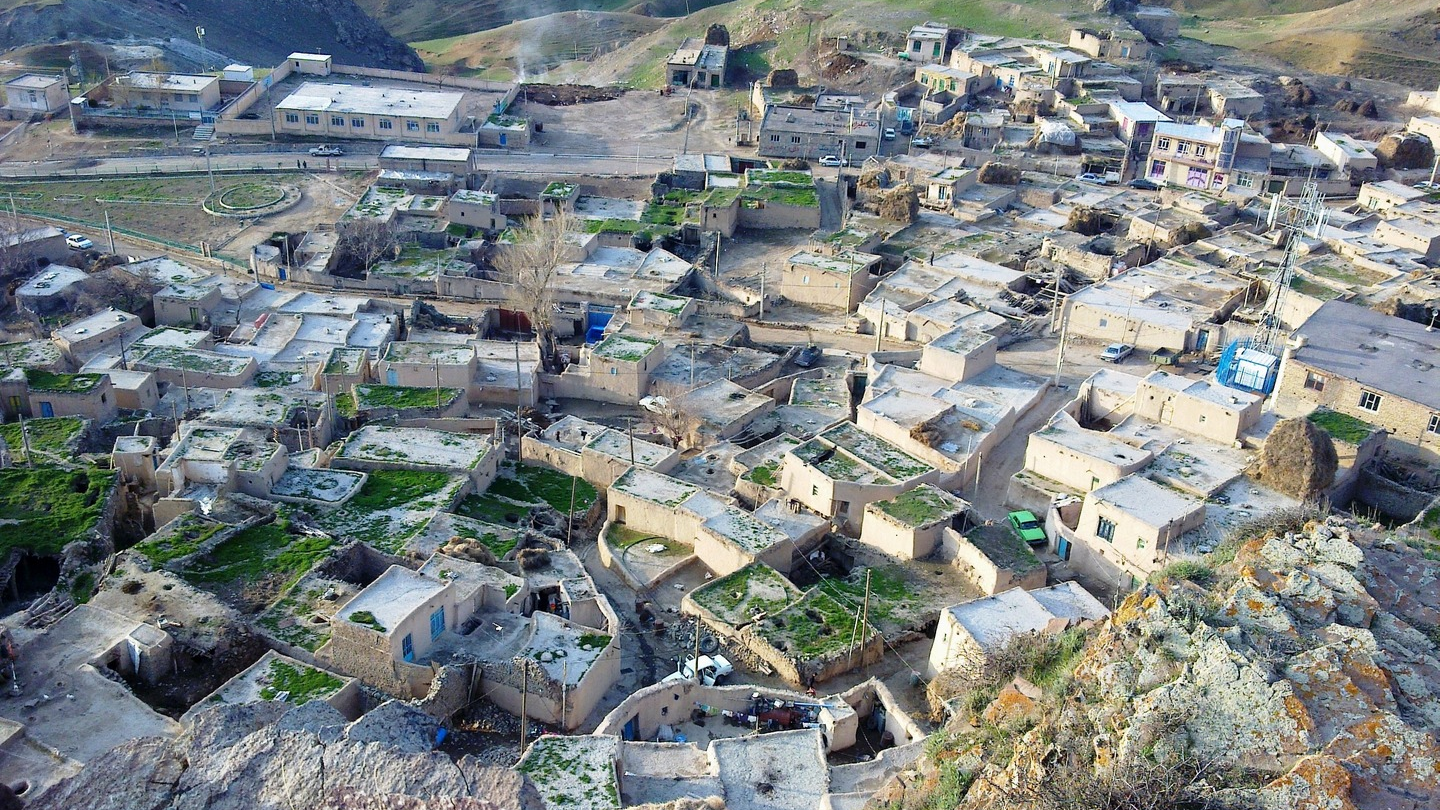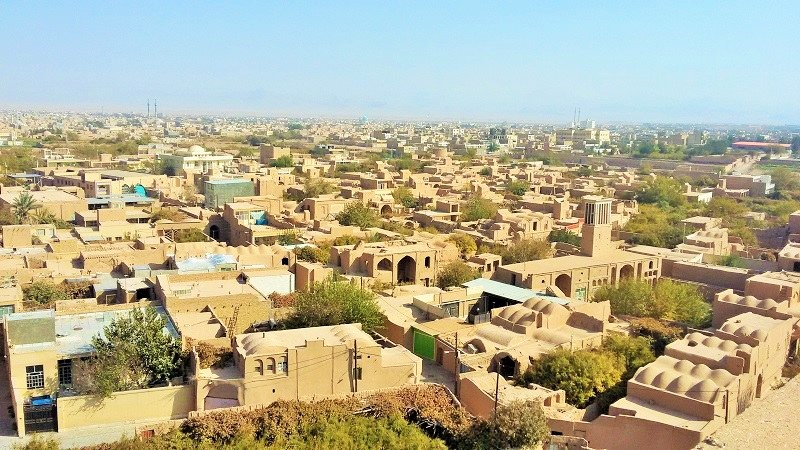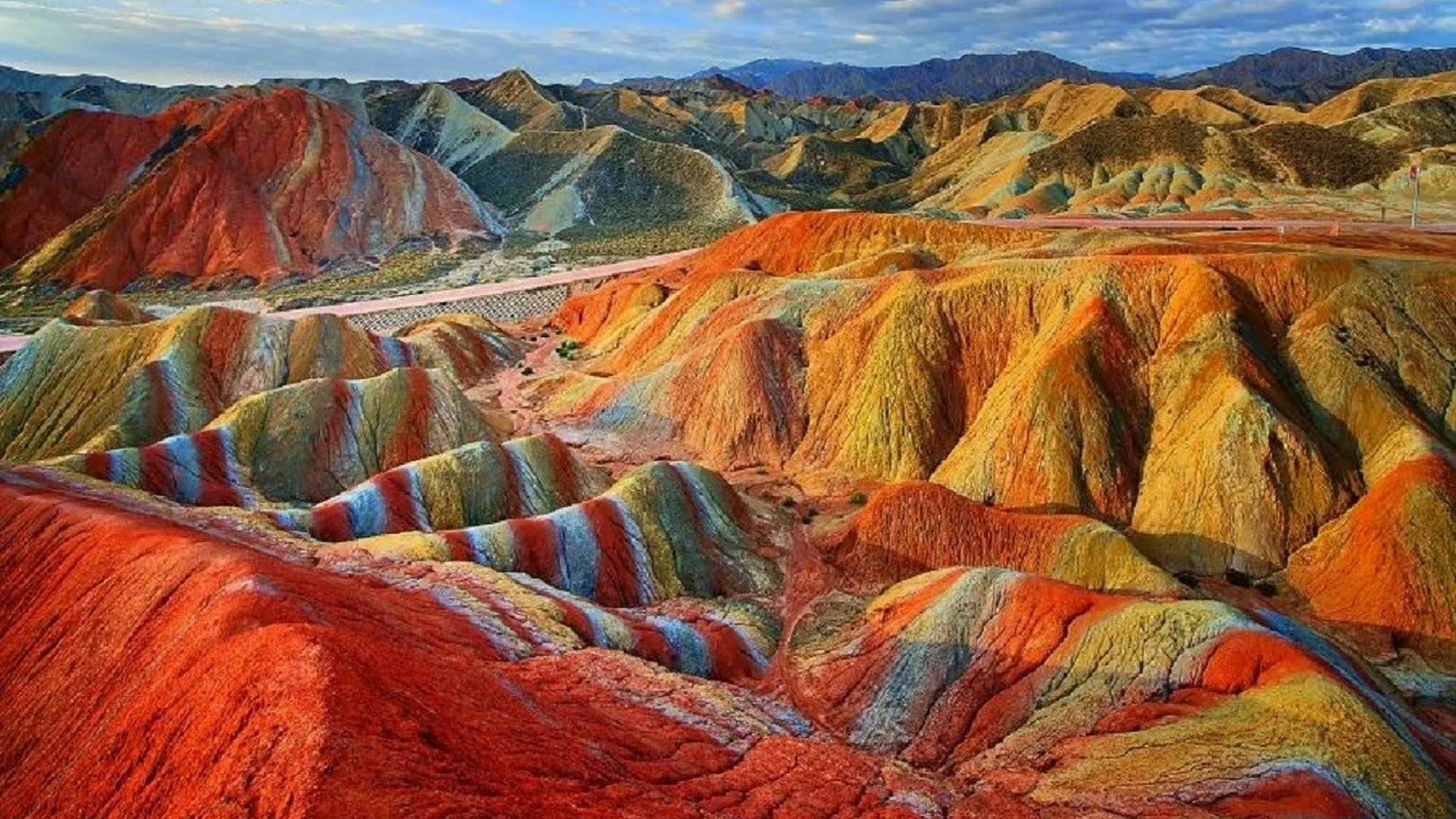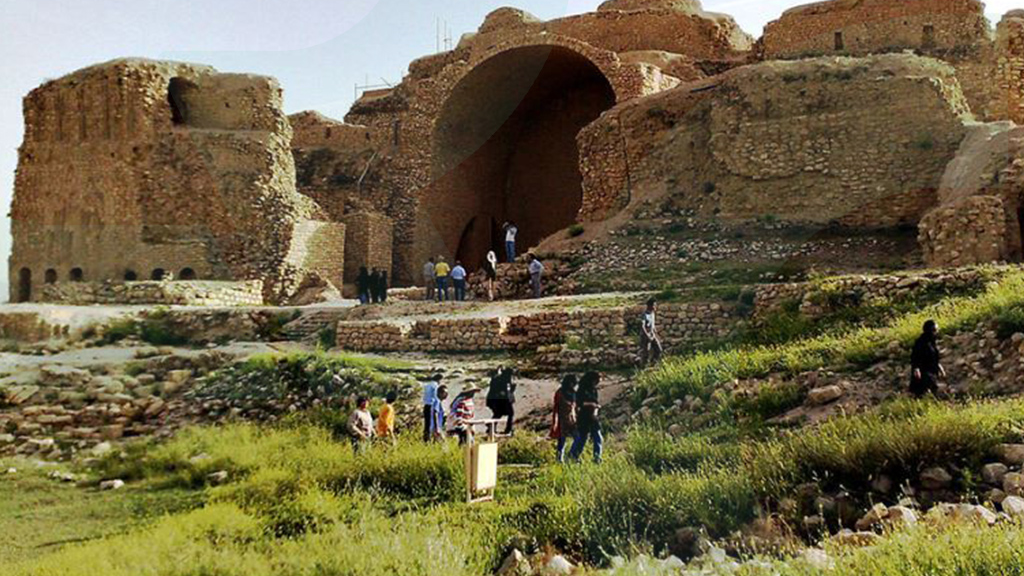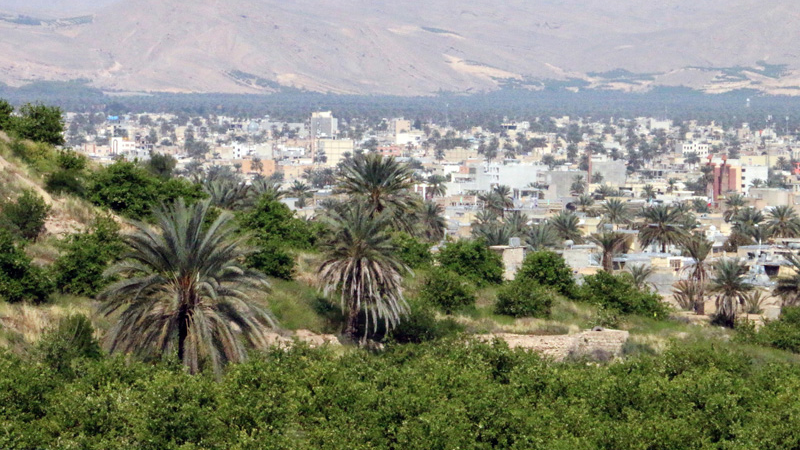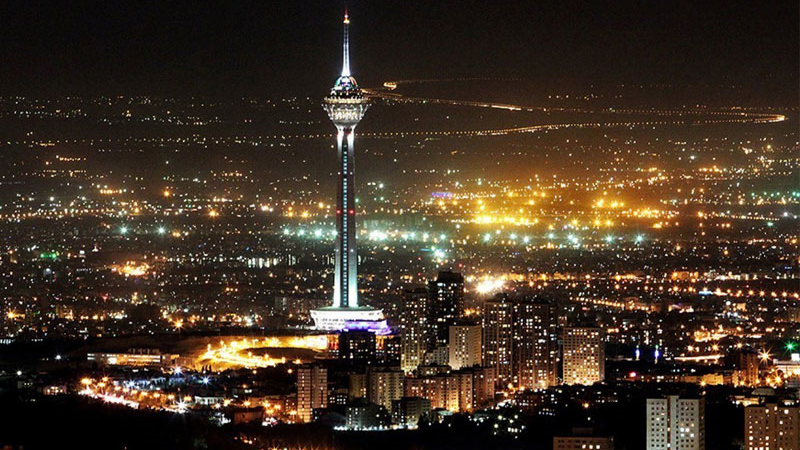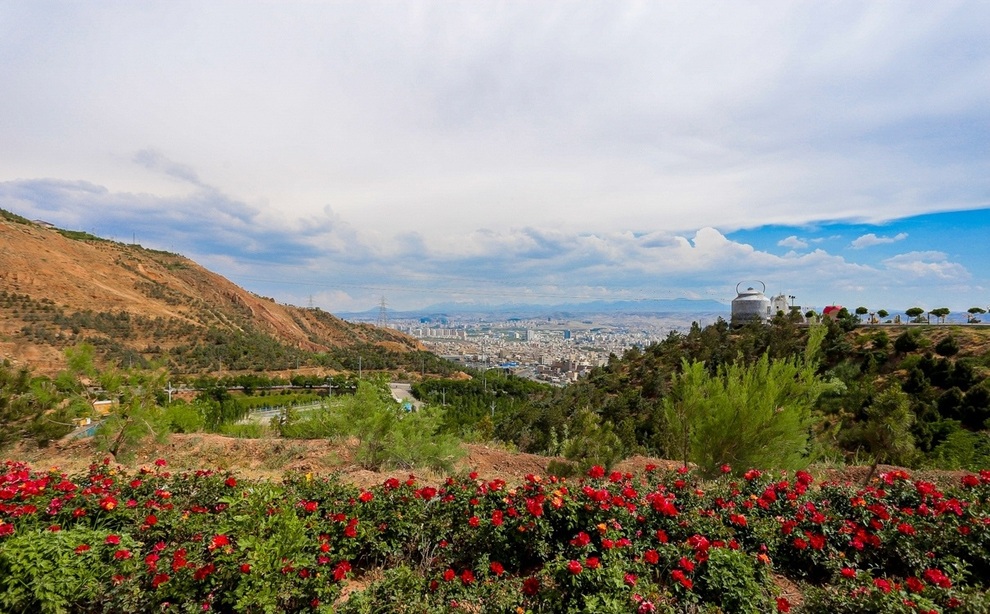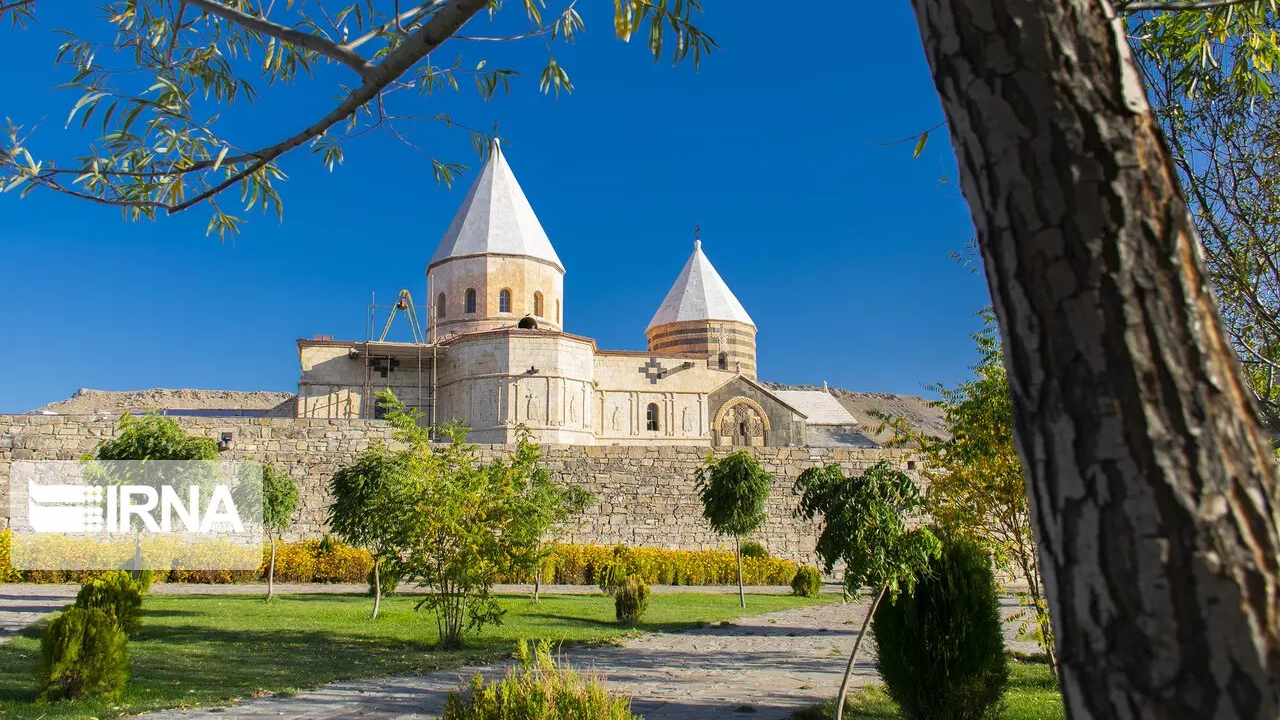
The Adarashk Valley and Its Astonishing Ice Tunnels Near the Scorching Desert
If you’re a nature enthusiast, visiting Yazd Province will leave you with unforgettable memories. This region boasts remarkable climatic diversity—so much so that it’s hard to find a parallel anywhere else in the world. Yazd is home to a wide range of natural attractions, from scorching deserts and rolling sand dunes to lush plains, mountain regions, and snow-capped peaks. Although Yazd is world-famous for its desert landscapes, certain parts of the province offer surprisingly different climates—such as Mehriz County, located south of the city of Yazd. This area includes both arid and semi-arid zones, each with distinct geographical features. The Shirkuh Peak, rising 4,075 meters high, sits northwest of Mehriz in Taft County. The mountain’s scenic foothills extend into Mehriz, offering some of the province’s most captivating natural sites, including the picturesque Adarashk region.
Adarashk of Mehriz – A Natural Icehouse in the Heart of the Desert
The stunning Adarashk region, located in the northwest of the Kalmand–Bahadoran area of Mehriz, lies astonishingly close to dry desert zones—making it one of the natural wonders of Yazd Province. The Adarashk Valley is often described as one of the most beautiful mountainous regions in Yazd. It sits about 45 kilometers from the city of Yazd and 13 kilometers from Mehriz, accessible via a mountain road known as Konj Kuh. Within this region rises the Mil-e Farangi Peak, a rocky summit reaching 3,912 meters above sea level. Its steep slopes and rugged terrain make it one of the most technically challenging climbs in central Iran. Ascending this peak during the winter is particularly difficult, and as of 2024, only two successful winter ascents have been officially recorded. Climbing to the summit requires teamwork and full mountaineering gear—but the breathtaking view from the top, overlooking vast plains in every direction, makes every step of the journey worthwhile.
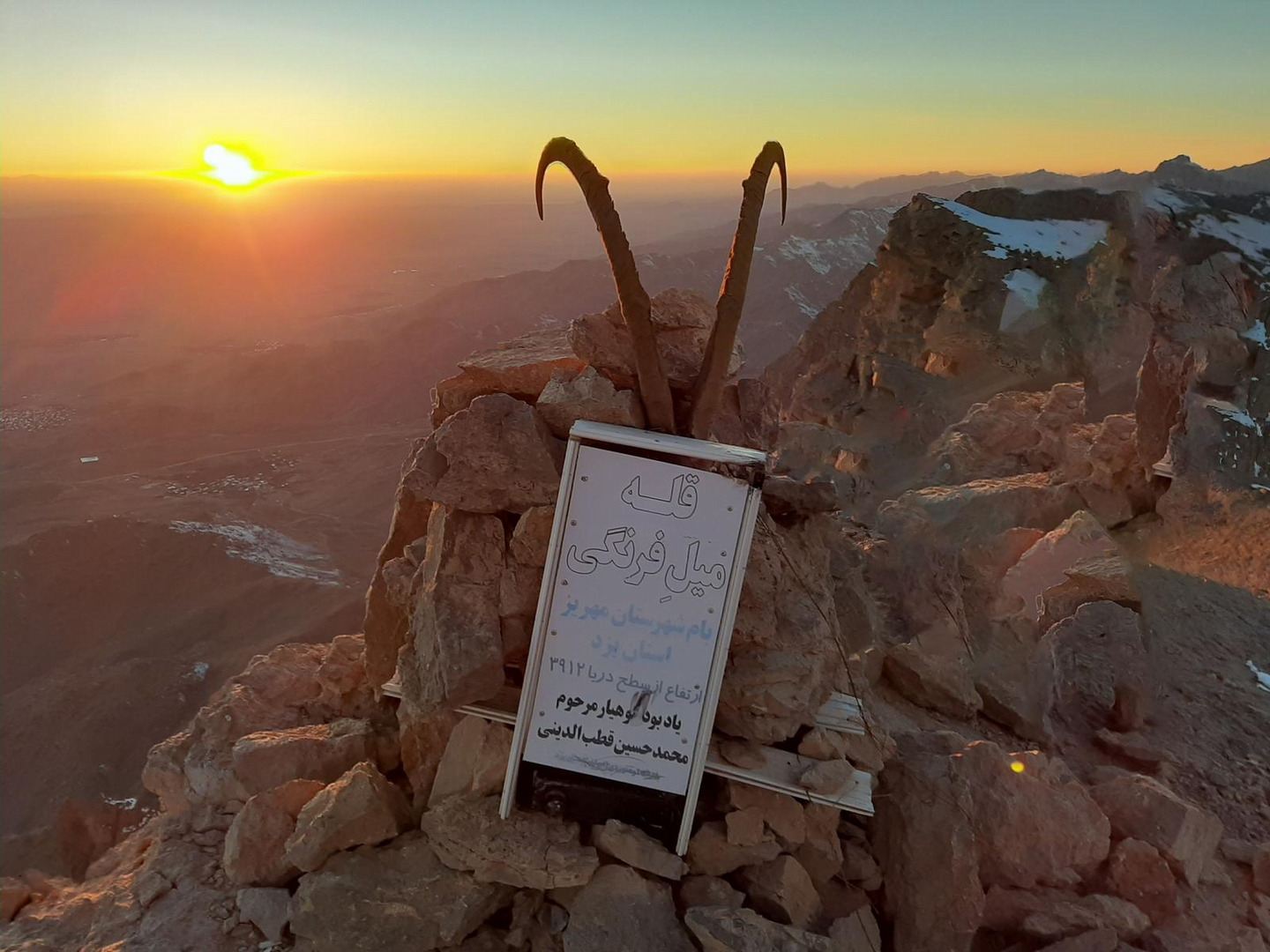
The Summit of Mil-e Farangi Peak – At 3,912 Meters Above Sea Level
On the slopes of Mil-e Farangi Peak, there lies a natural cirque (glacial amphitheater) formed by the flow of meltwater and snow accumulation during winter. In early spring, ice caves take shape within this cirque — a rare and mesmerizing natural phenomenon that attracts adventurous mountaineering groups eager to witness its beauty up close. However, due to the sudden rise in temperature and the rapid seasonal transition in this region, the ice melts quickly, making entry into the cirque potentially hazardous. Along the trail to the summit, more than 15 cascading waterfalls flow, creating spectacular scenery, especially in the spring. Near the peak, several unexplored cave entrances have also been discovered — mysterious formations that remain untouched and await future exploration.
An Ice Tunnel in the Adarashk Region
The Kal Kuh Valley is also located within the Adarashk area. This valley is a karstic formation, and traversing it takes roughly three hours. Along the route, there are 11 descents of varying heights, the tallest reaching about 20 meters. At the bottom of the valley lie several pools of stagnant water that, due to the surrounding high cliffs, receive almost no sunlight and therefore remain year-round, even during droughts — though often as brackish, stagnant water. Kal Kuh Valley is regarded as one of the training sites for rock climbers and canyoning enthusiasts, and it has also become a favorite destination among mountain bikers who seek both challenge and adventure in the rugged landscapes of Adarashk.
Flora and Fauna of Adarashk
In Adarashk, various native plants such as wild artichoke (kangar), fennel, and black cumin grow naturally across the slopes and valleys. The region also supports a rich and diverse wildlife population — including wild goats (ibex), leopards, wolves, hyenas, partridges, see-see partridges, golden eagles, turtles, lizards, and several species of snakes. In total, researchers have identified 24 species of mammals, 13 species of amphibians and reptiles, and 48 species of birds within this area. The untouched and pristine nature of Adarashk has made it a site of remarkable ecological and environmental value, highlighting its importance as a natural refuge for both flora and fauna.
Meaning of the Name “Adarashk”
The name Adarashk is derived from two ancient Persian words: “Ādur” (a form of Āzar), meaning fire, and “Kūshk”, meaning fortress or garden. According to local belief, the name reflects a poetic image — they say that Adarashk is the first place touched by the rays of the rising sun, making the mountains appear like a fiery fortress glowing with light. However, some experts suggest an alternative origin. They believe the name may have come from the high-quality barberries (zereshk) once harvested in the region. Locals, adding the prefix “Ā” (used to emphasize excellence), called it Āzereshk. Over time, through linguistic evolution and oral usage, Āzereshk gradually transformed into the modern name Adarashk.
National Registration of Adarashk, Mehriz
The natural landscape of Adarashk was officially inscribed on Iran’s National Natural Heritage List in 2017 CE (1398 SH).
| Name | The Adarashk Valley and Its Astonishing Ice Tunnels Near the Scorching Desert |
| Country | Iran |
| State | Yazd |
| City | Mehriz |
| Type | Natural |
| Registration | National |
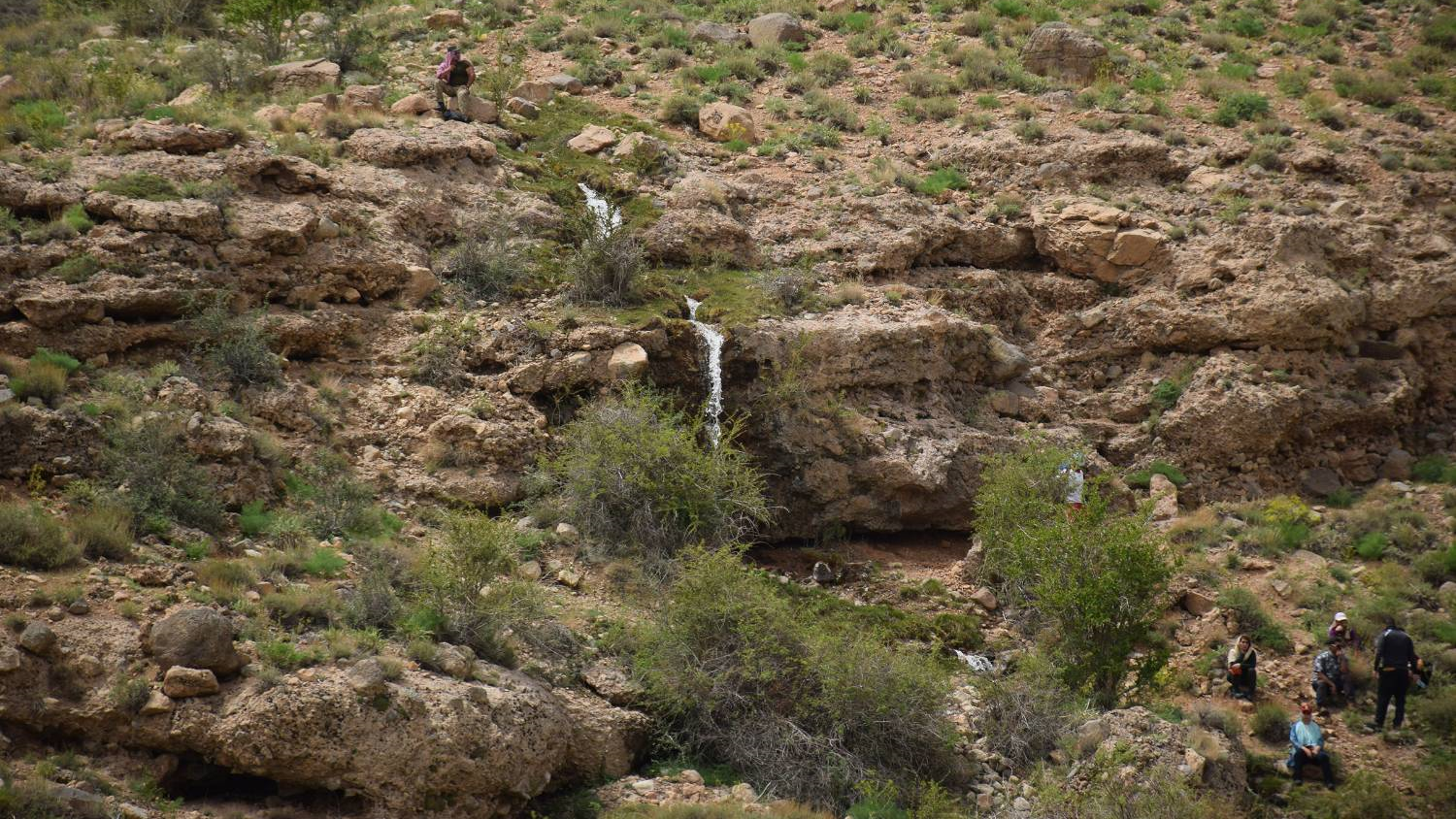
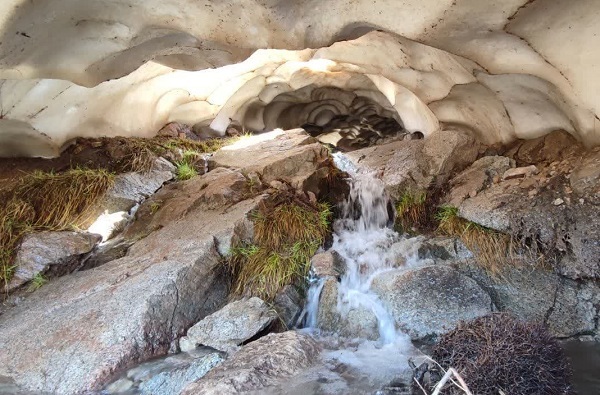
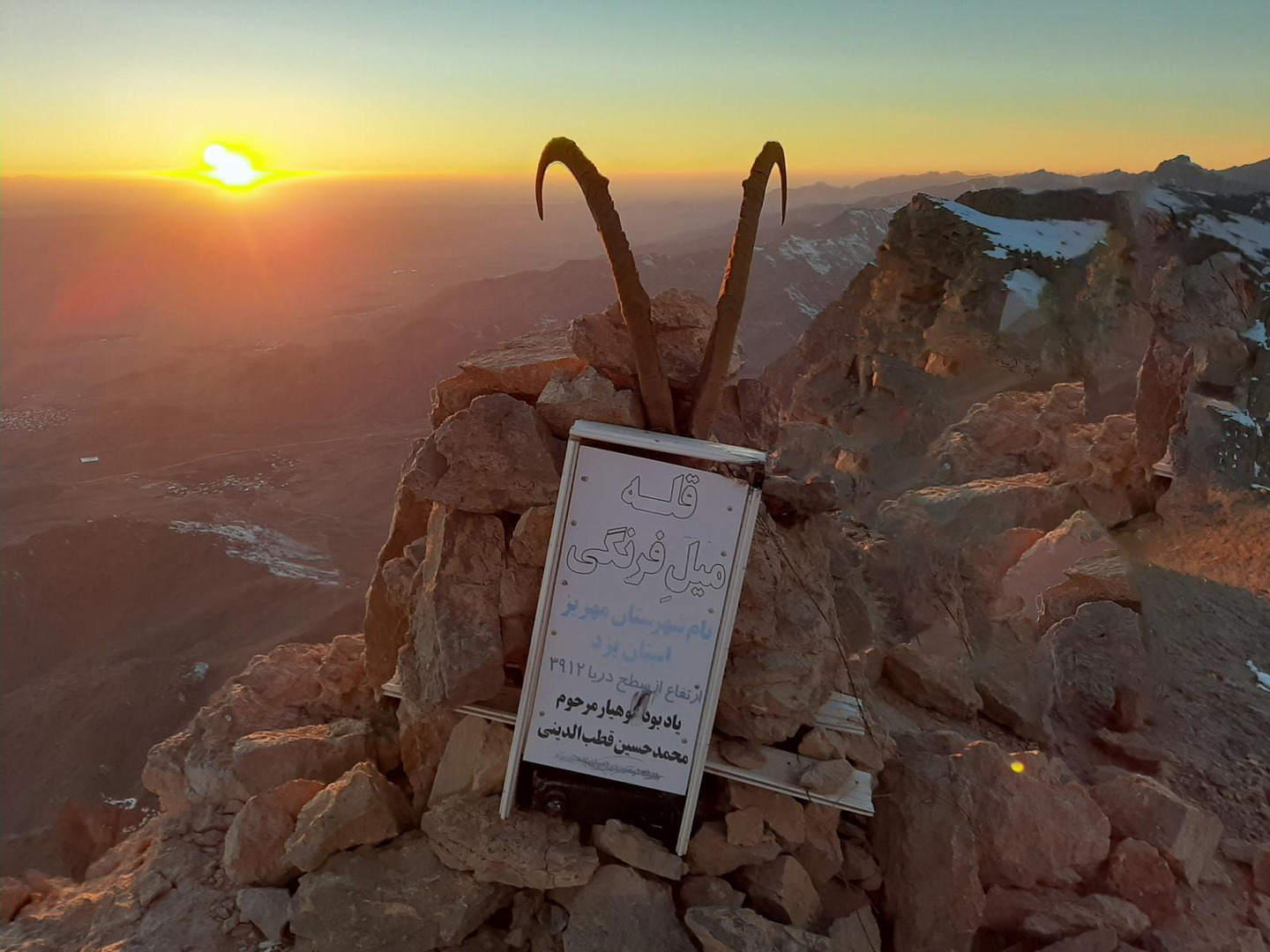



Choose blindless
Red blindless Green blindless Blue blindless Red hard to see Green hard to see Blue hard to see Monochrome Special MonochromeFont size change:
Change word spacing:
Change line height:
Change mouse type:

